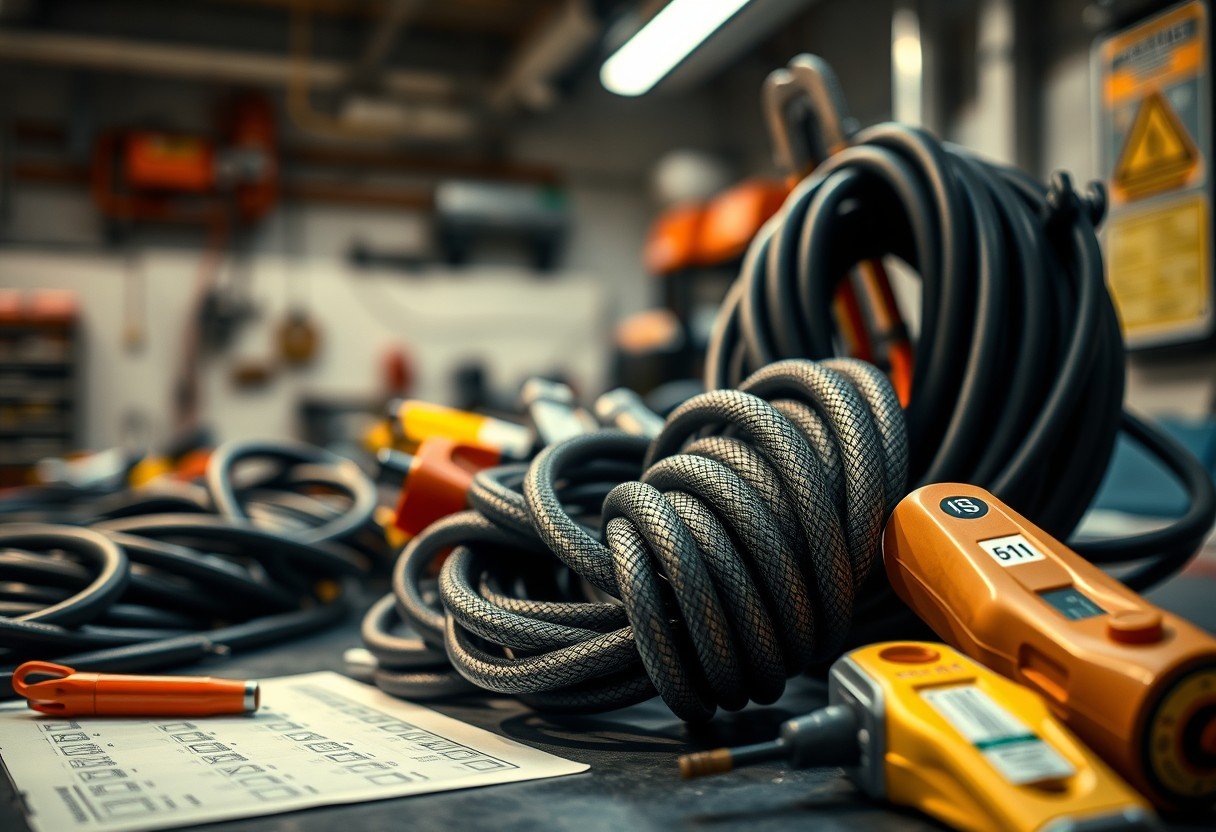For any barbecue enthusiast, the question of whether to smoke a brisket with the fat side up or down is a classic debate. The answer, however, isn’t about choosing a side but understanding your equipment and desired outcome. How you orient the brisket’s fat cap directly impacts moisture, flavor, and tenderness, and knowing the right way for your specific smoker can elevate your BBQ game from good to legendary.
The Great Debate: Fat Side Up vs. Fat Side Down
Pitmasters have argued this point for decades, with passionate supporters on both sides. The truth is, both methods have distinct advantages that affect the final product. One method focuses on self-basting the meat, while the other uses the fat as a protective shield against the heat source.
Understanding the role of the fat cap is essential to making the right choice. This thick layer of fat doesn’t just add flavor; it’s a critical tool during the long, slow cooking process. The decision of “up or down” ultimately comes down to how you want to use that tool.
To simplify the choice, let’s look at a direct comparison of the two techniques.
| Technique | Primary Advantage | Best For |
|---|---|---|
| Fat Side Up | Self-basting for a moister brisket | Flavor and juiciness |
| Fat Side Down | Protecting meat from direct heat | Even cooking and preventing dryness |
Why Your Smoker Type is the Deciding Factor
The most important variable in this debate is your smoker. The direction of the primary heat source determines the best orientation for the brisket. Misunderstanding this relationship is where many beginners go wrong.
If your smoker’s heat comes primarily from below, placing the fat cap down creates a necessary barrier. This is common in many popular smoker styles. However, if the heat circulates more evenly or comes from above, placing the fat side up can be more beneficial.
- Offset Smokers: These smokers have a firebox on the side, with heat and smoke flowing over the meat. Since the heat often radiates up from the bottom of the cooking chamber, placing the brisket fat side down is recommended to shield the meat.
- Vertical or Water Smokers: In these units, the heat source is directly below the meat, but a water pan often diffuses the direct heat. For these smokers, placing the brisket fat side up allows the rendering fat to baste the meat throughout the cook.
Always consider where the most intense heat in your smoker is coming from. Use the fat cap as a natural defense to protect the meat and ensure a steady, even cooking process.
The Case for Fat Side Up: The Basting Method
Placing the brisket fat side up is a popular method focused on maximizing moisture. As the smoker’s temperature slowly renders the thick fat cap, the melted fat trickles down and over the meat. This process acts as a continuous, natural basting agent.
This constant basting helps keep the surface of the brisket from drying out during the many hours it spends in the smoker. The result is often a wonderfully moist and tender final product. Furthermore, as the fat renders, it seeps into the meat, adding a rich, beefy flavor that is hard to replicate.
The Case for Fat Side Down: The Shield Method
Alternatively, smoking a brisket with the fat side down uses the fat cap as a protective shield. This is particularly crucial in smokers where the heat source is intense and comes directly from below. The fat layer insulates the meat, preventing the bottom from becoming tough and dry.
This method ensures a more even heat distribution across the muscle. By sacrificing some of the fat cap to the direct heat, you protect the valuable meat underneath. This technique can also contribute to a better bark formation on the top (meat side) of the brisket, as it is more exposed to the dry, smoky air inside the cooker.
Achieving Smoky Perfection: A Step-by-Step Guide
Regardless of which orientation you choose, following fundamental steps is key to a perfect brisket. Success is not just about fat up or down; it’s about the entire process from preparation to resting.
Here is a simple guide to follow:
- Preparation is Key: Start with a quality brisket with good marbling. Trim the fat cap down to about a quarter-inch thickness. This is enough to protect and flavor the meat without preventing smoke from penetrating.
- Season Generously: Apply your favorite rub to all sides of the brisket. A simple mix of kosher salt and coarse black pepper is a classic choice that lets the beef flavor shine.
- Set Up Your Smoker: Preheat your smoker to a stable temperature, typically around 225°F. A consistent temperature is crucial for low-and-slow cooking. Add your choice of wood, like oak or hickory, for that signature smoky flavor.
- Place and Monitor: Position the brisket on the smoker rack according to your smoker’s heat source (fat up or down). Insert a reliable meat thermometer into the thickest part of the flat to monitor the internal temperature.
- Rest Before Slicing: Once the brisket reaches an internal temperature of 195-205°F and feels tender, remove it from the smoker. Let it rest for at least 30 minutes, or ideally an hour, before slicing. This crucial step allows the juices to redistribute throughout the meat.
Frequently Asked Questions about Smoking a Brisket
Should I smoke a brisket fat side up or down?
It depends on your smoker. For offset smokers, fat side down is often best to shield the meat from heat. For vertical or water smokers, fat side up allows the rendering fat to baste the meat, keeping it moist.
Why is my brisket dry even if I cooked it fat side up?
Dryness can result from several factors, including cooking at too high a temperature, not allowing the brisket to cook long enough to render the connective tissues, or slicing it too soon without a proper resting period.
What is the ideal internal temperature for a tender brisket?
The ideal internal temperature range for a tender brisket is between 195°F and 205°F. However, it’s more important to cook to feel; the meat thermometer probe should slide in and out with very little resistance, like probing warm butter.
How long should I let my brisket rest after smoking?
You should let your brisket rest for a minimum of 30 minutes, but a longer rest of 1 to 2 hours wrapped in butcher paper and placed in a cooler will produce even better results. This allows the muscle fibers to relax and reabsorb the juices.
Does the type of wood matter when smoking a brisket?
Yes, the wood choice significantly impacts the flavor. Classic choices for brisket include oak, hickory, and mesquite. Oak provides a balanced smokiness, while hickory is stronger and mesquite is the most intense.





Leave a Comment